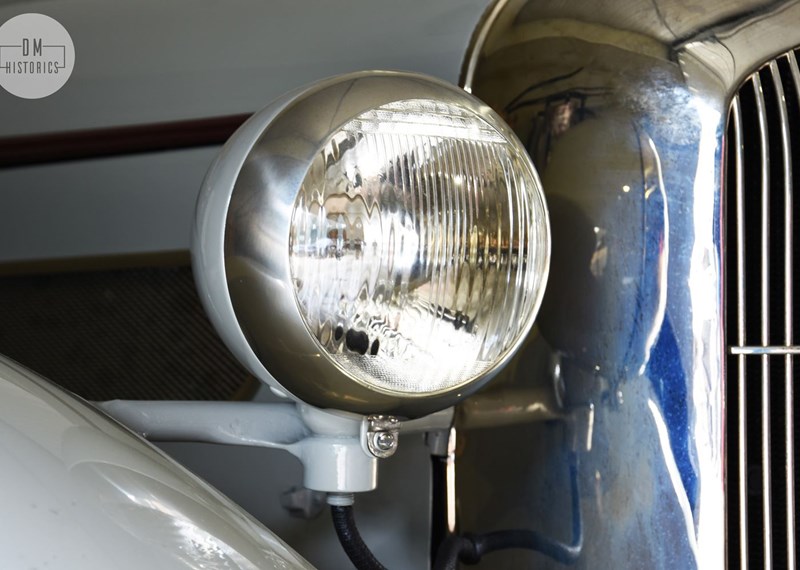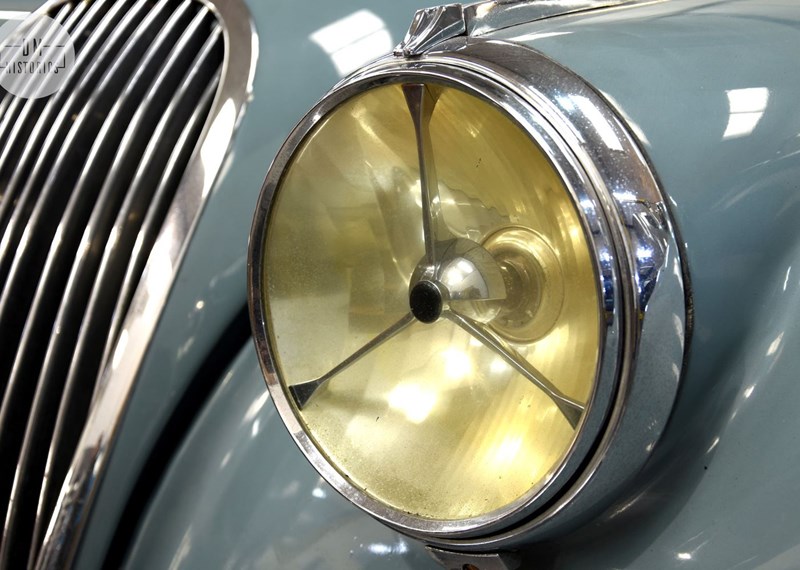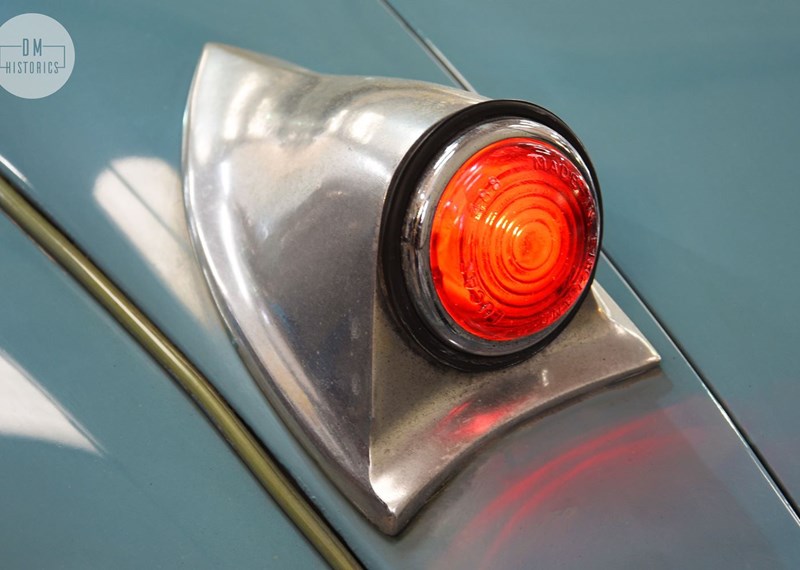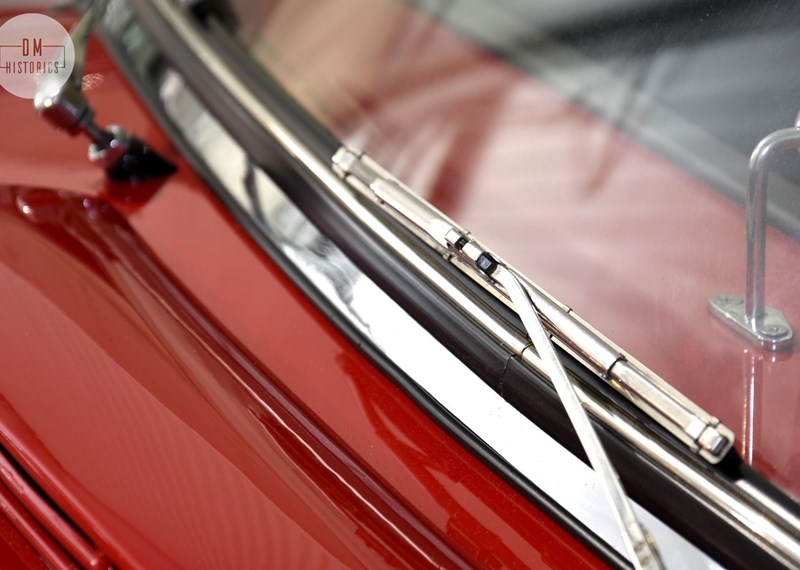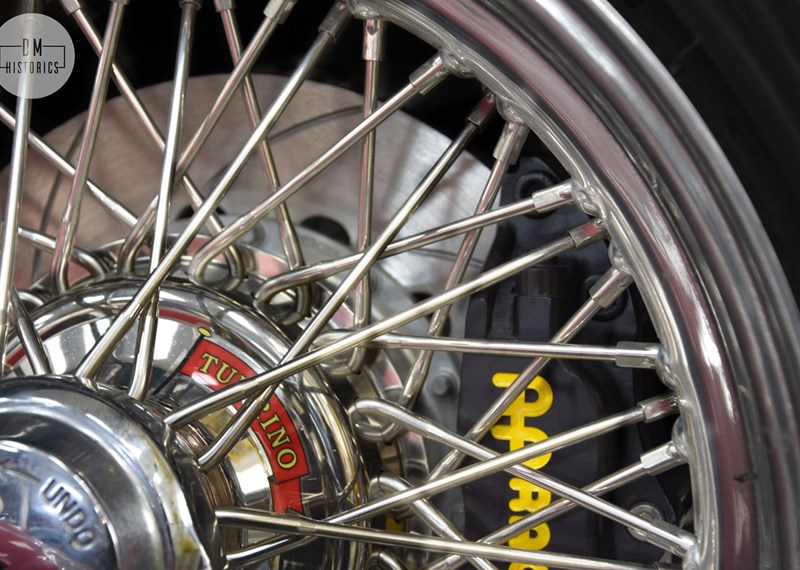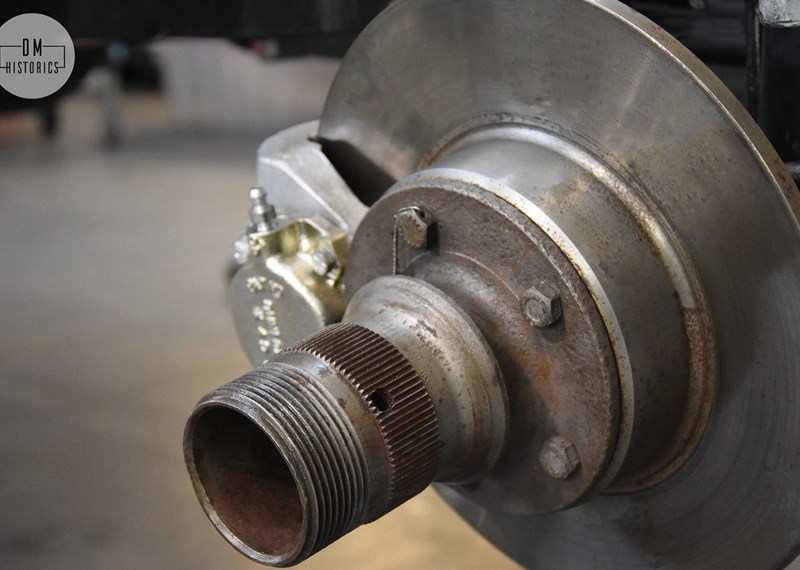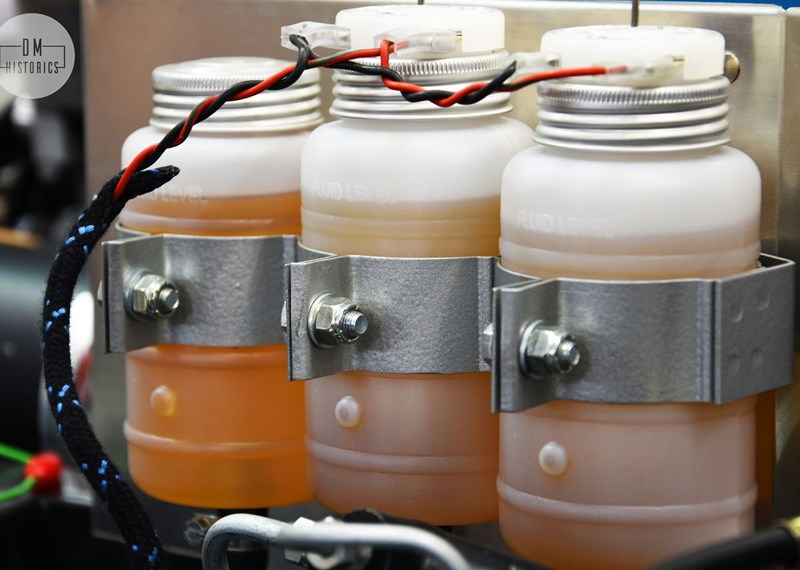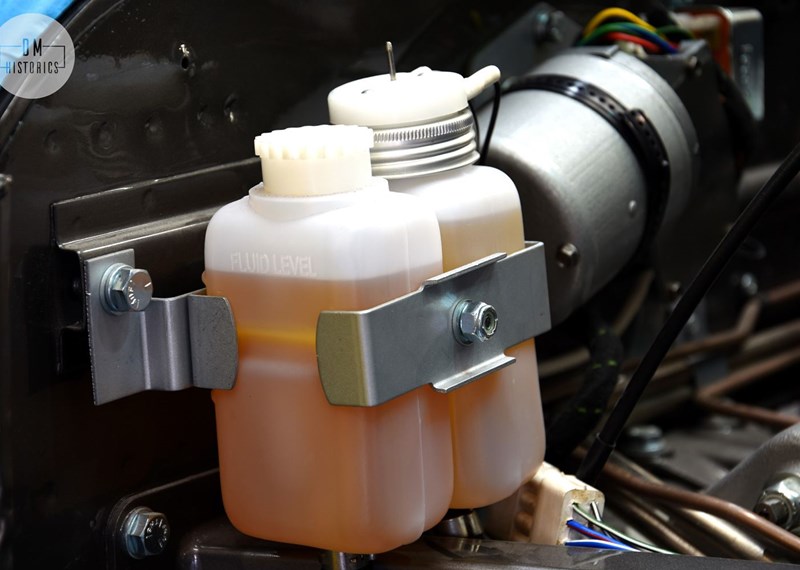
CLASSIC CARS OVER 40 YEARS OLD EXEMPT FROM MOT
At the end of last year, the Department for Transport announced that classic cars more than 40 years old will no longer be required to undergo MOT testing. This announcement is applied to some of our classic cars we have for sale. This will come into place as of May 2018 and will exempt thousands of classic car owners in the UK, apart from those who own a car that's still being manufactured and will be required to still undergo MOTs.
The current exemption law states that cars manufactured before 1960 are exempt, which means that the new changes will be exempting 18 years worth of classic cars. This includes cars we have for sale such as the 1954 Aston Martin DB2/4, The 1962 Morgan Plus 4 Supersports, The 1965 Ford Lotus Cortina MK1 and more. The government has stated that vehicles that have been heavily modified in the last thirty years will still be required to undergo MOT testing. You can view the breakdown of what is considered a heavy modification here.
If your classic car is exempt, it is still important that you maintain its condition and ensure that it is roadworthy. If you don’t, you could risk 3 penalty points and a fine of up to £2,500 if your car is deemed dangerous. Owners of classic cars that are exempt can voluntarily have their car MOT’d to ensure that it is safe, but if you prefer not to, we’ve provided a few key things you should look over to ensure your car is roadworthy.
Bulbs
One of the most important factors of being safe on the road is alerting other drivers to your actions and ensuring that you can be seen. As a result, checking all bulbs on your classic car is vital. You must ensure that your headlights (dipped and high beams) are in working order and properly adjusted, as headlights that are not at the right level can dazzle drivers if they are too high, or not properly illuminate the road in front of you if they are too low.
Indicators, hazard and brake lights are also very important because they alert other drives about any manoeuvres you are about to make or if you are about to come to a sudden stop. If these lights are not working it could mean your vehicle is not roadworthy and could even cause an
Tyres
The legal minimum requirement for tyre depth is 1.6 millimetres. If tyres are worn below this level it can be dangerous because they put you at a higher risk of aquaplaning in wet conditions, cause poor handling in icy or snowy conditions and are more prone to blowouts.
You should also make sure your tyres are properly inflated and that they are the right size and type for your car.
Windscreen and wipers
Most of the time, a small chip in the windscreen is not an issue. However, if the chip falls within a specific area of the windscreen it would be considered unfit for driving. This area is centered on the steering wheel and is 290mm wide, so essentially it is the area directly in front of the driver. Small cracks can also spread very quickly, especially in hot or cold weather. If a crack shows any signs of spreading, it is best to have the windscreen replaced immediately.
You must also make sure that your wipers are in working order and that you have plenty of washer fluid in the reservoir to clear anything from the screen that could cause limited visibility.
Brakes
Brakes are one of the most important safety features on any car, understandably. If your brakes are not in proper working order your car should not be on the road in any circumstance. You can easily tell if your brakes don’t feel right and if you should get them checked. Watch out for a jolting or shaking feeling when you apply the brakes, or a feeling of braking taking longer than it should.
Fluid Levels
Maintaining fluid levels for different components of your car is also vital for keeping them in working order. Engine oil is very important for ensuring that all engine parts are lubricated so that everything can run smoothly, prevent overheating and to keep the engine clean.
You’ll need to make sure you have enough brake fluid as well, as this keeps all the various mechanisms of your braking system moving property and actually stopping the vehicle. Coolant is another one you’ll need to check regularly, as this helps to regulate the temperature of the car and keep it from overheating.
Of course, there are many issues that can arise with a classic car and deem it unworthy of being on the road or unsafe. If you have any questions about maintaining your classic car you can get in touch with us today and we’ll be happy to assist you.

